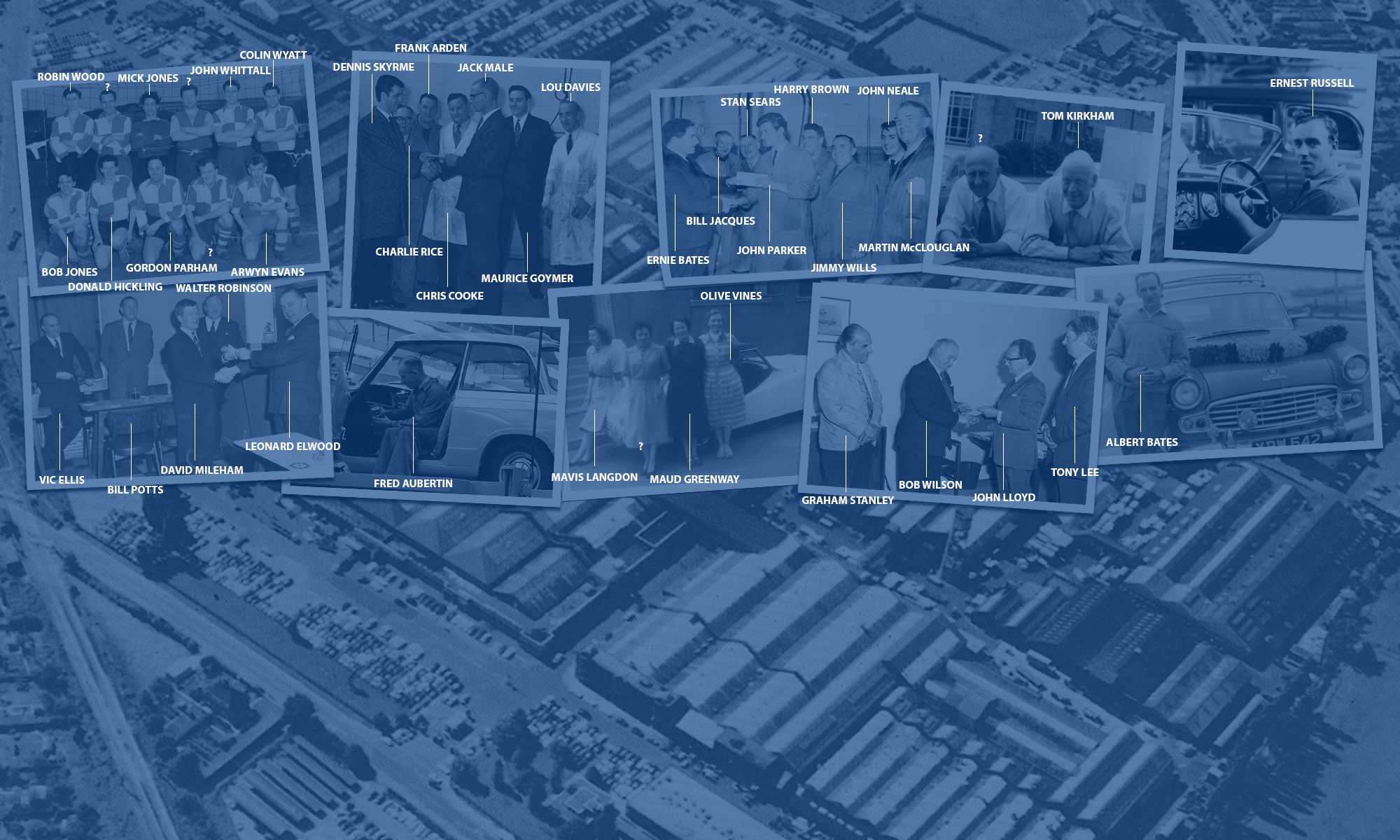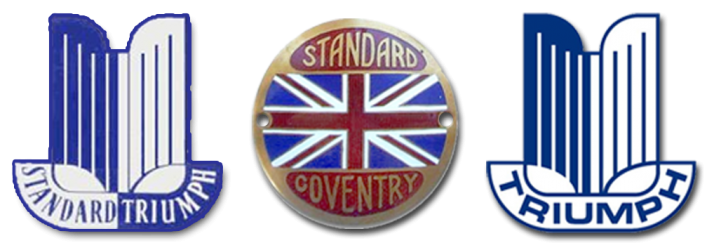The Standard Triumph Competition Department was situated within the same building as the Service Division, on the Birmingham Road, Allesley, Coventry.
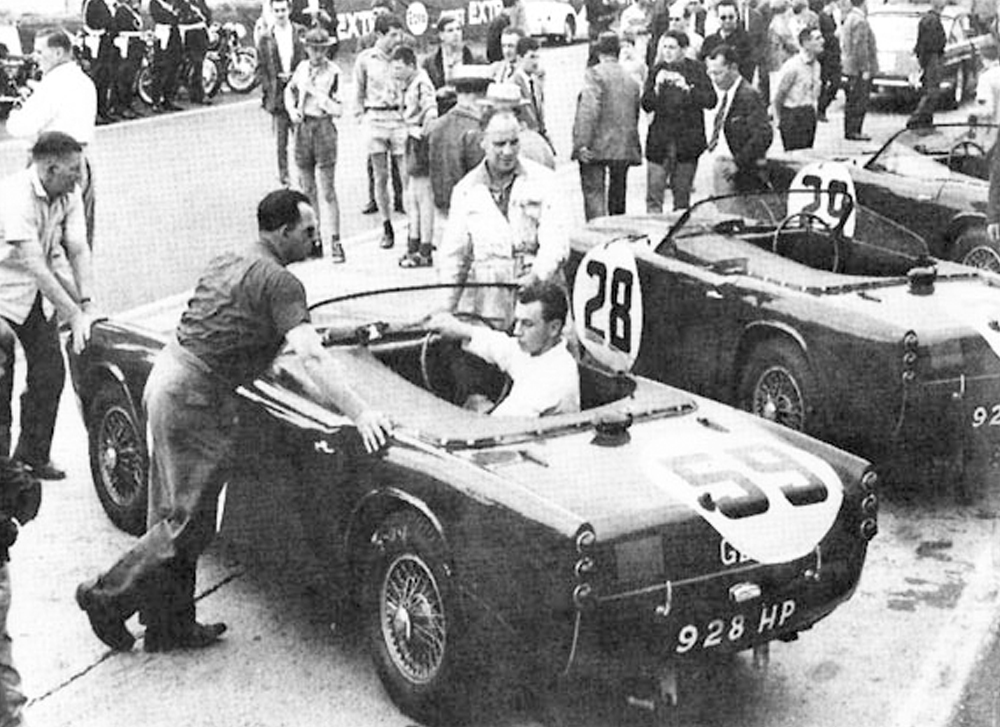
The competition shop occupied roughly a third of the shop floor area. In 1960 we had a team of four Herald Coupes, six TR3As, plus the four new Le Mans cars. These were fitted mainly for evaluation purposes, with the possibility that they would be used on future rally cars. When I think back to the rally race stores, there were rows of shelves stacked with goodies.
Even with all these goodies the rally cars, as Ken Richardson [head of the Competition Department] always maintained, were run as near to standard as possible. I always said the cars, which were hand-built with soul, were reliable, and the drivers were stars – a special breed.
Building the cars
In November 1959 we were told we were to build new cars for the Le Mans 1960 race. We had heard various rumours, and waited in anticipation. In the meantime, we were building Herald Coupes for the 1960 Monte Carlo Rally, plus a couple of TR3As. Occasionally the odd private entry car found their way in for a bit of work – good public relations from the company point of view.
We received the four cars in January 1960, from Fletch North experimental department. Ken Richardson gathered us all together and gave us an outline of what we were to do on the initial build of the cars. Where possible, we were to use parts which were used in current production cars, sometimes with slight modifications. We would jump in the Atlas van and go to Canley, the main factory, with a full set of requisition cards, go to the TR3A assembly track, start at one end and make our way down the whole length of it, taking what we thought we might need – Aladdin’s Cave indeed.
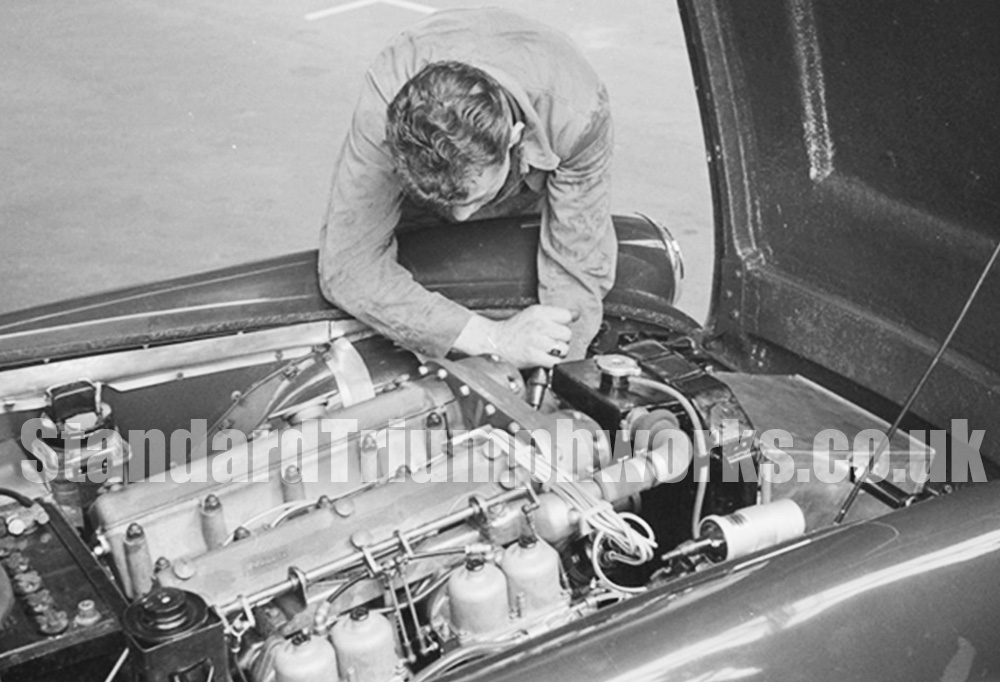
No Drawings
We had no drawings whatsoever when making the small ancilliary components. When at the bench, we had to make four car sets of assorted components, such as throttle linkages. The steering column brackets were from the TR3A. Ken Richardson insisted all components we made were inspected by him personally the next day. The cars were quite heavy, so all surplus exposed thread on bolts was cut off. On one occasion I spent two days making four sets of radiator brackets only for Ken to say, upon inspection, that they were no good, too heavy, do it again. After small components we made were approved, we made drawings for future reference.
The Lucas competition department wired the cars. The start button on the dash was Mini; these were floor mounted in early Minis. The Girling competition department attended to the brake pipe arrangement. When we fitted the rear axles with the rear disc brakes, my thoughts went back to the days when I was a Daimler apprentice working in the experimental department. They had a Triumph TR2 there, stripped down to a bare chassis, features of which were used on the Daimler SP250 sports (the Dart). All motor manufacturers used each other’s ideas; it saved money.
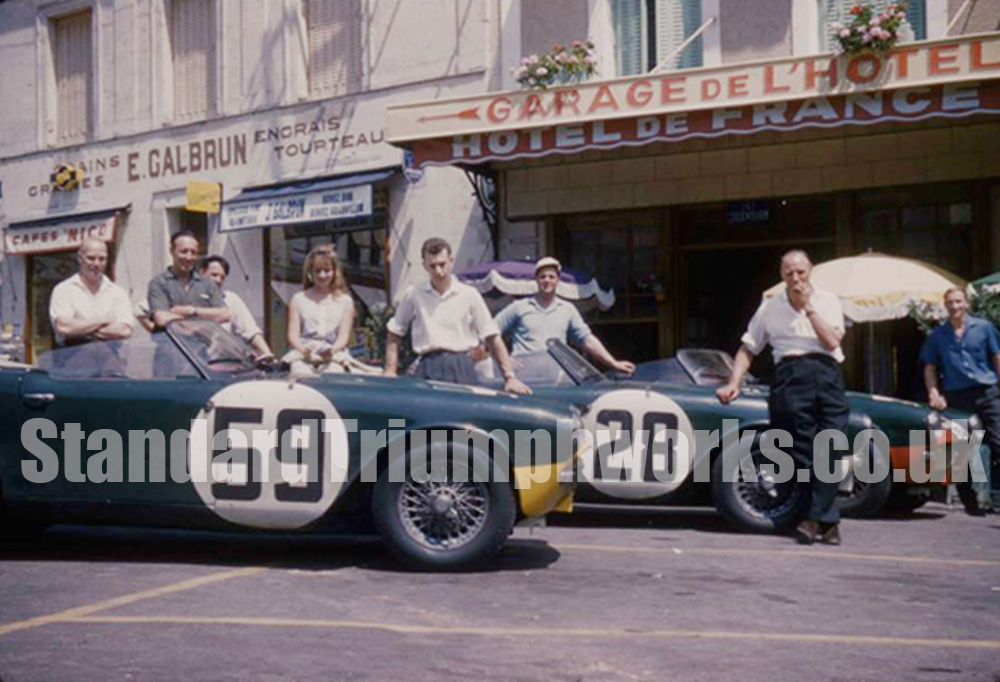
Test programme at MIRA
Getting back to Sabrina, by April 1960 we were reaching the stage where the cars were near completion, and minor tweaks and changes were being carried out. The test programme began. Ken Richardson’s second in command and personal assistant, Marshall Dorr, did all the testing at MIRA [near Nuneaton]. Marsh, as he was known, would don his Spitfire’s helmet, give you the nod, and off you would go, roaring out of the workshop to MIRA. Our job was to take down all the readings on various test clocks etc, and also to use the stop watch on the level straights at high speed.
The twin choke SU carbs were a bit of a pain, going off tune due to under bonnet temperature. Eventually they were sorted by the SU competition department. Starting from cold, there were no chokes, so we used to put our arms across the carb intakes; usually by the time the car fired up your overalls were on fire. We did learn and made small wooden boards to cover intakes from starting.
Sadly Dave passed away February 2nd 2022.
Always ready with a Triumph story and a rare NOS original spare part. He will be missed by all. ED
